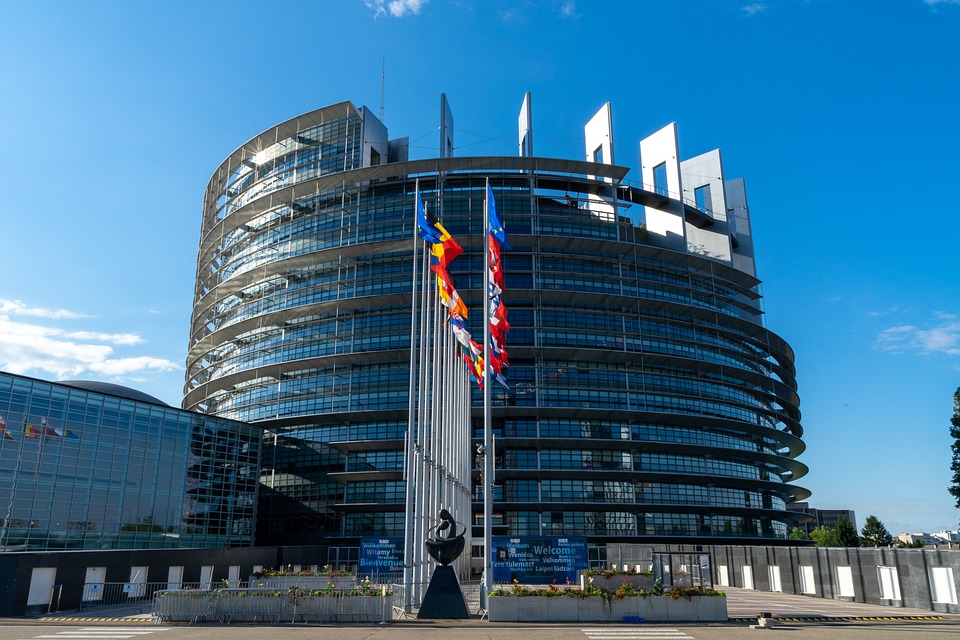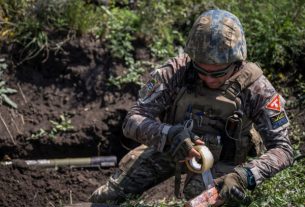|
Getting your Trinity Audio player ready...
|
Brussels, 4 June 2025 – The European Union has announced a comprehensive plan to extend temporary protection for Ukrainian refugees until 4 March 2027, while also preparing for a gradual transition toward long-term residence or voluntary return once hostilities in Ukraine come to an end.
This marks the first time the EU has outlined a clear dual-path strategy for managing the future of over 4.3 million Ukrainian refugees living across the bloc — the largest displacement crisis in Europe since World War II.
“Since 2022, we have provided protection for those fleeing Russia’s war of aggression, and we will continue to do so,” said European Commission President Ursula von der Leyen. “And together with Ukraine, we are laying the groundwork for people to rebuild their lives—whether in the EU or at home—when it is safe to return.”
Temporary Protection Extended
The Temporary Protection Directive, first activated shortly after Russia’s full-scale invasion in 2022, has enabled Ukrainians to bypass standard asylum procedures and gain immediate access to residency, work, healthcare, education, and social support. The extension to 2027 will provide legal certainty for refugees amid an ongoing war with no clear end in sight.
At the same time, the Commission is mapping out an orderly “transition out of temporary protection”, ensuring that those who remain can integrate permanently, and those who wish to return are supported in doing so voluntarily and safely.
Two Pathways: Integration or Voluntary Return
The roadmap envisions two primary outcomes:
- Long-Term Integration
For those who choose to remain in their host countries, the EU will support transitions to permanent legal status through long-term residence permits, work visas, or student pathways. The switch will depend on national laws and could occur before the temporary protection ends in 2027. - Gradual, Voluntary Return
For refugees who wish to go back to Ukraine, the EU proposes voluntary return programmes, including “exploratory visits” to assess conditions and reconnect with family and communities. The focus will be on rebuilding efforts and restoring livelihoods once peace is secured.
To assist with this, the Commission plans to establish “Unity Hubs” that will provide clear, accessible information about integration options and return processes.
Rebuilding Ukraine Requires People
The EU’s plan acknowledges that post-war reconstruction in Ukraine will be a generational challenge. The World Bank estimates the cost of recovery and reconstruction at over €500 billion. According to Ukrainian Deputy Prime Minister Oleksiy Chernysho, Ukraine may need up to four million additional workers to double GDP and rebuild critical infrastructure.
“We need more people to come back—when it is safe,” Chernysho said at the Commission’s briefing. “A strong economy is essential for successful EU integration and long-term recovery.”
Political Oversight and Funding Questions
To coordinate the transition process, Brussels will appoint a special envoy to manage return and integration policies at the political level.
While political consensus on hosting Ukrainian refugees remains strong, funding tensions persist, especially in frontline countries like Germany, Poland, and the Czech Republic, which host about half of all displaced Ukrainians in the EU. These governments have urged the Commission to address uneven burden-sharing.
In response, von der Leyen recently pledged €3 billion in new support for refugee programs, with an additional €1 billion earmarked for broader EU migration reforms. Future financial commitments will be determined in the next multiannual budget, currently under negotiation.
No Forced Returns
Crucially, the Commission emphasized that returns will only be voluntary and contingent upon a just and lasting peace. The temporary protection framework could be lifted earlier if peace is secured, but any movement will be staggered to avoid overwhelming Ukraine’s capacity to absorb returning citizens.
“When the time comes, we must ensure Ukraine is ready—socially, economically, and structurally—for its people to return,” said Magnus Brunner, Commissioner for Internal Affairs and Migration.
The EU’s approach aims to uphold humanitarian commitments while strategically planning for the long-term impacts of one of the most significant refugee crises in modern history.



